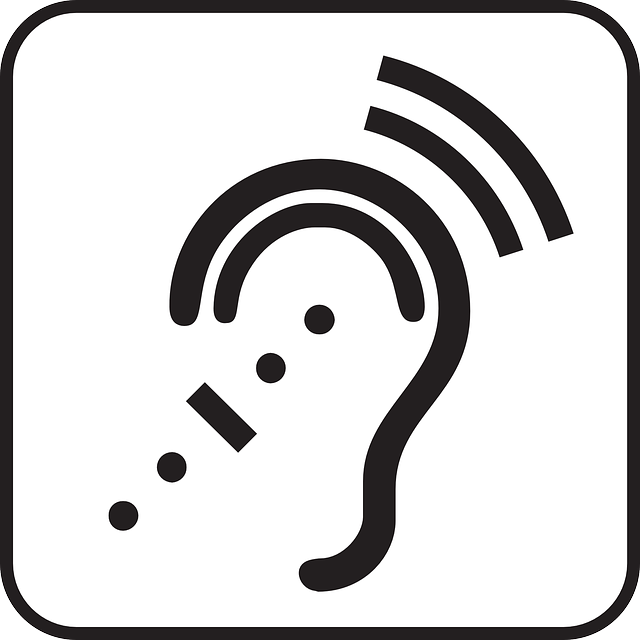Share This Article:

Compliance Corner
If you're in Maryland and you're looking for information on calculating hearing loss for purposes of workers' compensation, there are several sources you can turn to. One of those sources is Simply Research, which keeps you up to speed on all 53 U.S. jurisdictions, but we highlight the pertinent points here.
What Instruments?
Hearing loss shall be measured by audiometric instrumentation that meets the following criteria:
+ ANSI 3.6-1996.
+ ANSI S3.43-1992.
+ ANSI 3.39-1987 or any ANSI standard that supersedes the previous calibration or measurement criteria.
Measurements shall be conducted in a sound room that meets the ANSI 3.1-1991 criteria for maximum permissible ambient noise for audiometric test rooms.
Behavioral psychoacoustic measurements shall be obtained with instrumentation that utilizes insert earphones, as referenced in ANSI 3.6-1996.
Electrodiagnostic measurements such as auditory evoked potentials, acoustic emittance measurements, or distortion product otoacoustic emissions may be obtained to determine the nature and extent of workplace hearing loss.
Audiologic results shall be used in conjunction with other information to evaluate a claimant's compensable hearing loss.
Calculating Average of Thresholds of Hearing
The percentage of hearing loss for purposes of compensation for occupational deafness shall be determined by calculating the average, in decibels, of the thresholds of hearing for the frequencies of 500, 1,000, 2,000, 3,000, and 4,000 hertz.
The average of the thresholds in hearing shall be calculated by:
+ Adding together the lowest measured losses in each of the 5 frequencies; and
+ Dividing the total by 5.
To allow for the average amount of hearing loss from nonoccupational causes found in the population at any given age, there shall be deducted from the total average decibel loss one-half of a decibel for each year of the covered employee's age over 50 or for each year subsequent to the date of the covered employee's last injurious exposure to industrial noise, whichever is less.
Amount of Compensable Hearing Loss
If the average hearing loss in the 5 frequencies is 25 decibels or less, the covered employee does not have a compensable hearing loss.
If the average hearing loss in the 5 frequencies is 91.7 decibels or more, the covered employee has a 100% compensable hearing loss.
For every decibel that the average hearing loss exceeds 25 decibels, the covered employee shall be allowed 1.5% of the compensable hearing loss, up to a maximum of 100% compensable hearing loss at 91.7 decibels.
Binaural Percentage of Hearing Loss
The binaural percentage of hearing loss shall be determined by:
+ Multiplying the percentage of hearing loss in the better ear by 5;
+ Adding that product to the percentage of hearing loss in the poorer ear; and
+ Dividing that sum by 6.
Hearing Aid
In determining the percentage of hearing loss under this section, consideration may not be given to whether the use of an amplification device improves the ability of a covered employee to understand speech or enhance behavioral hearing thresholds.
In determining a workers' compensation claim for noise-related hearing loss, audiologic data shall use both bone conduction and air conduction results.
If a conductive loss is present, the bone conduction thresholds for each ear, rather than the air conduction levels, shall be used to calculate a claimant's average hearing loss.
AI california case management case management focus claims compensability compliance courts covid do you know the rule emotions exclusive remedy florida FMLA glossary check Healthcare health care hr homeroom insurance insurers iowa leadership medical NCCI new jersey new york ohio osha pennsylvania roadmap Safety state info technology texas violence WDYT west virginia what do you think women's history women's history month workcompcollege workers' comp 101 workers' recovery Workplace Safety Workplace Violence
Read Also
About The Author
About The Author
-
Frank Ferreri
Frank Ferreri, M.A., J.D. covers workers' compensation legal issues. He has published books, articles, and other material on multiple areas of employment, insurance, and disability law. Frank received his master's degree from the University of South Florida and juris doctor from the University of Florida Levin College of Law. Frank encourages everyone to consider helping out the Kind Souls Foundation and Kids' Chance of America.
More by This Author
- Apr 10, 2025
- Frank Ferreri
- Apr 08, 2025
- Frank Ferreri
Read More
- Apr 12, 2025
- Claire Muselman
- Apr 12, 2025
- Liz Carey
- Apr 11, 2025
- Claire Muselman
- Apr 11, 2025
- Liz Carey
- Apr 10, 2025
- Frank Ferreri
- Apr 08, 2025
- Anne Llewellyn




